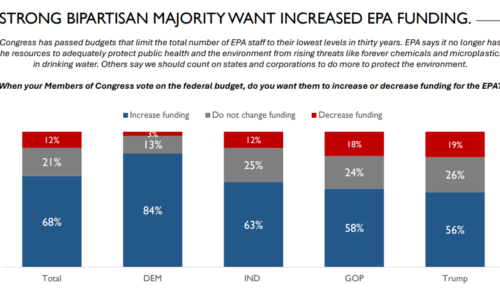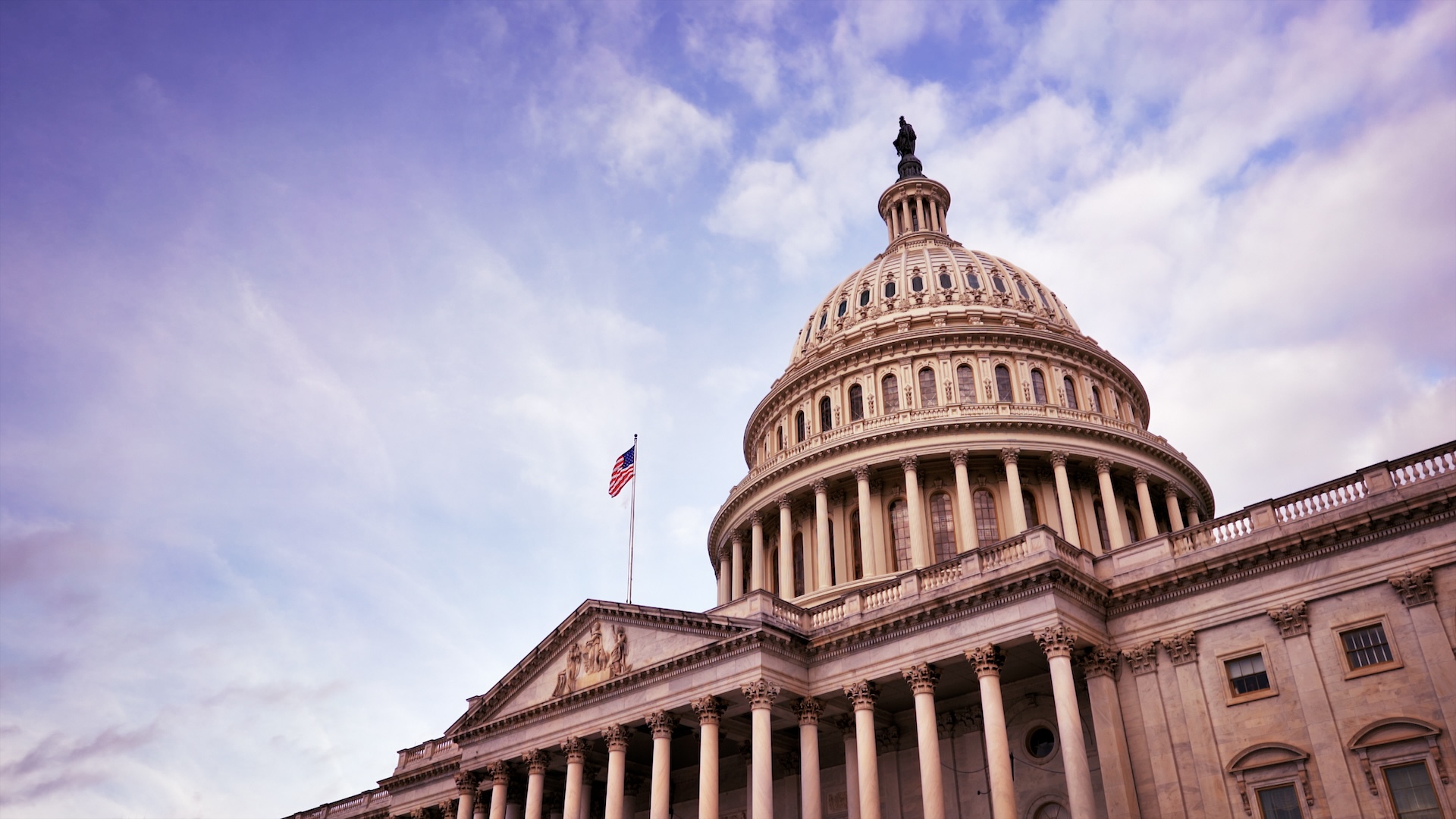In August, the National Oceanic and Atmospheric Administration (NOAA) issued its updated forecast for the 2024 hurricane season. It was to be above normal in every regard: more named storms and stronger hurricanes than usual. One of the main reasons for this forecast? Significantly warmer than usual surface temperatures in the Atlantic Ocean, which come largely as a result of human-caused climate change.
Despite a quiet peak hurricane season in August and early September, 2024 will be a year to remember. In late June, Beryl became the earliest Category 5 hurricane in recorded Atlantic history. And in just the last two weeks, we’ve observed two powerful hurricanes develop in the Caribbean and Gulf of Mexico: Hurricanes Helene and Milton.
Helene made landfall in the Big Bend region of Florida as a Category 4 hurricane and brought torrential rain and wind to North Carolina, Georgia, Tennessee, South Carolina, and Virginia. Less than two weeks later, Milton made landfall near Sarasota, Florida as a Category 3 hurricane, knocking out power to nearly 3.5 million people throughout the central part of the state. Fossil fuel-caused climate change was a driving force in these storms, and despite the nearly perfect forecasts, we are still not ready for the effects of climate change.
More hurricanes are rapidly intensifying because of climate change—Milton included
Both Helene and Milton underwent periods of rapid intensification, defined as a strengthening in winds of at least 35 mph in a 24-hour period, which were fueled by ocean temperatures nearly 2 degrees Celsius (3.6 degrees Fahrenheit) above normal for this time of year.
The footprint of global warming caused by heat-trapping pollutants is undeniable: according to the Climate Shift Index (CSI) from Climate Central, the warmer surface temperatures in the Gulf of Mexico were made 400-800 times more likely due to climate change. In fact, Helene and Milton’s rapid intensification rates are part of a larger trend in the Atlantic Ocean, where rapidly strengthening hurricanes have increased significantly since 1982 as a result of warmer waters.
In particular, Hurricane Milton was a storm for the record books. The hurricane went from a Category 1 hurricane to a Category 5 hurricane in just 18 hours, making it the second fastest strengthening storm in Atlantic recorded history after Hurricane Wilma in 2005. After its jaw-dropping rapid intensification, Milton became the fourth most intense hurricane in the Atlantic basin since 1979, and the second most intense hurricane this late in the calendar year (for my fellow weather weenies, we remember Wilma’s record intensity in late October of 2005 like it was yesterday).
Why are the oceans so warm and fueling this rapid intensification? The oceans have absorbed 93 percent of the extra heat trapped by increased heat-trapping emissions in the atmosphere. The world’s burning of fossil fuels has raised global average temperatures significantly, with 2024 on track to be the warmest year on record. Not only were the ocean temperatures in the Gulf of Mexico and Caribbean near record levels, but the ocean heat content in the Gulf of Mexico—the fuel for hurricanes to rapidly intensify—was at a record high.
As the world continues to warm, hurricanes will become more intense; in fact, a rapid attribution analysis demonstrated that storms like Milton will become 40 percent more common due to human-caused climate change. Hurricanes Milton and Helene are merely a sign of the devastation that will become more common.
Global warming led to Helene’s extreme rainfall
After undergoing rapid intensification, Hurricane Helene made landfall in the Big Bend region of Florida as a Category 4 hurricane on the evening of September 26. Helene was the 8th Category 4 or 5 hurricane to make landfall in the US since 2017, which is the same number of Category 4 and 5 landfalls over the previous 57 years!
While Floridian communities were affected by the strong winds and storm surge from Helene, Southern Appalachia—a region far inland from the coast—received record amounts of rainfall, which led to historic landslides and flooding not seen since the Great Flood of 1916. While rescue efforts are ongoing, nearly 230 deaths have been attributed to Helene, making it one of the deadliest US landfalling hurricanes since 1950.
According to rapid climate attribution studies, human-caused climate change contributed significantly to Helene’s extreme rainfall. One study found that global warming may have caused 50 percent of the rainfall observed during Hurricane Helene. How is this possible?
Think of the atmosphere like a sponge: as the world warms due to additional heat-trapping emissions in the atmosphere, the sponge will become bigger, allowing the sponge (atmosphere) to hold more water and carry it from the oceans further inland.
Helene’s rainfall is a sign of what is to come in the future as the planet continues to warm. In the meantime, my colleague, Alicia Race, wrote an excellent blogpost on how you can help the ongoing Helene relief efforts.
Milton and Helene were historic and unprecedented hurricanes. They both brought destruction and death to communities here in the US and were made worse by the effects of climate change. Unfortunately, these types of storms will become more common in the future as the planet continues to warm.
A silver lining here is that weather forecasting models, which are used to predict the intensity and path of hurricanes, nailed the forecasts for Helene and Milton. In fact, the National Hurricane Center’s (NHC) first forecast for Milton showed it making landfall only 12 miles north of where Milton made landfall four days later!
On one the hand, it’s a good thing that the NHC, with its suite of weather models, could predict these unprecedented storms fueled by climate change, and partly because of this, people in coastal areas were asked to evacuate in advance. But despite the ample warning, we still lost many lives to these storms, especially in mountainous, inland areas with spotty Internet and cell services as well as limited evacuation infrastructure and experience with hurricanes.
In a world with global warming, despite forecasts being nearly perfect, lives are being lost because we’re experiencing storms of unprecedented severity. How was a family in western North Carolina supposed to respond to a rainfall forecast of 15 inches of rain? Were they expected to know a landslide or flood would affect their home? The science is sound, but the nearly perfect forecasts can only do so much. My colleague Rachel Cleetus, Policy Director of the Climate and Energy Program, has this to say on the implications of stronger storms in the future:
“Continuing to invest in NOAA’s science, data, and tools is crucial. And even with the best warning systems, we know there are many socioeconomic barriers to people being able to get to safety and recover from the devastation of storms like Helene and Milton. Not having enough money for a hotel room or gas for your car; being worried about losing your job if you miss work; having a disability or a health condition that makes it difficult to evacuate; having to flee with young children—these kinds of factors often force people to make tough decisions about whether they can leave or are trapped in place. And after disasters, those with the least resources—who may not have insurance or may be living in flood-prone areas in mobile homes, for example—often have the most difficult time getting back on their feet. Addressing these challenges in an equitable way is crucial if we are to limit the human toll of extreme climate disasters.”
The hurricane forecasting models are sound. Now lawmakers must catch up and pass policies that reduce our dependence on fossil fuels and drastically cut heat-trapping emissions.

 1 month ago
51
1 month ago
51


